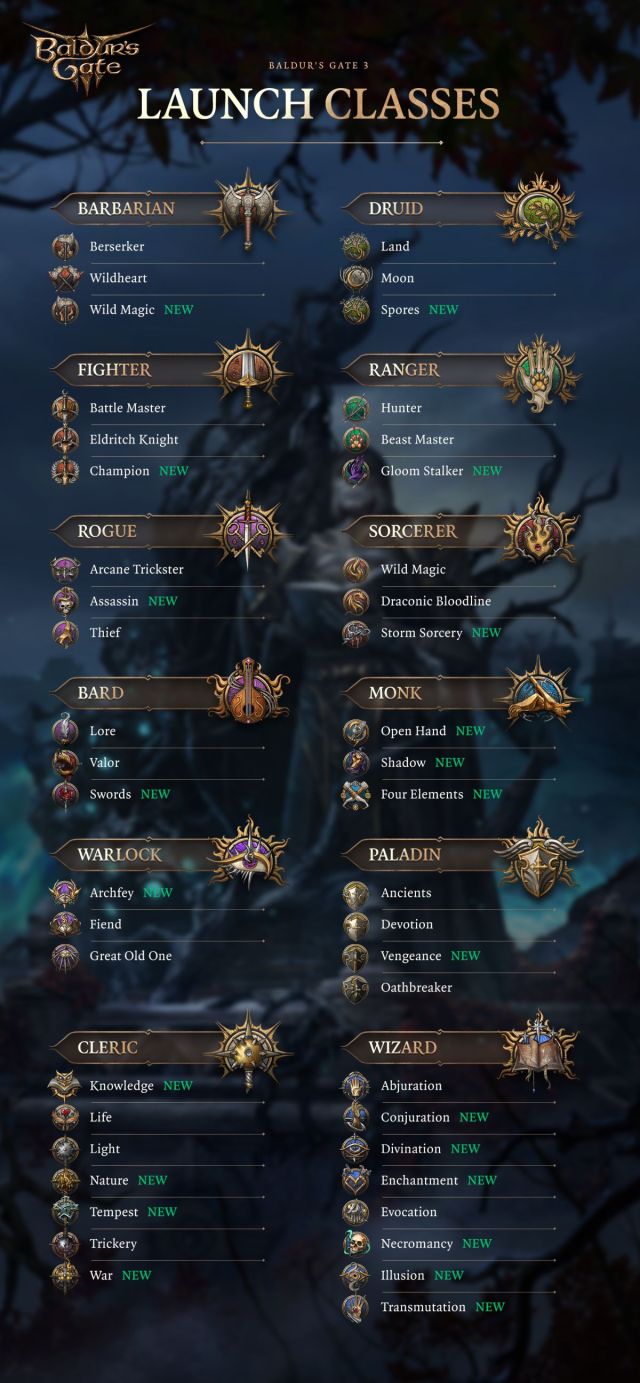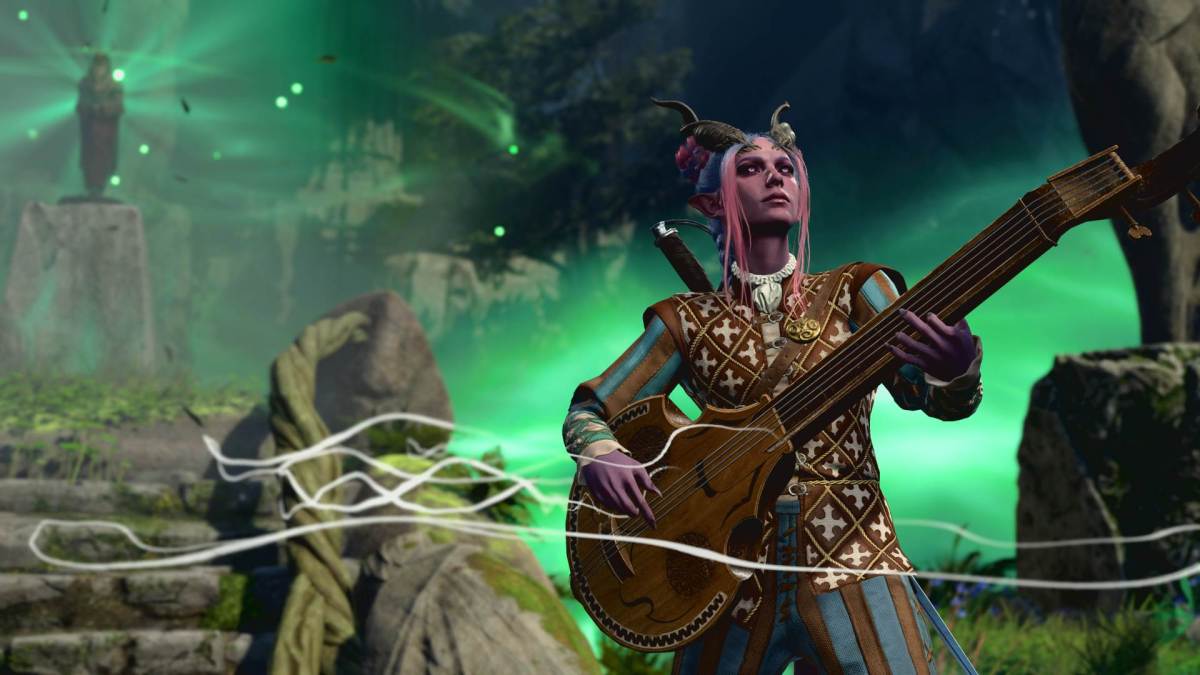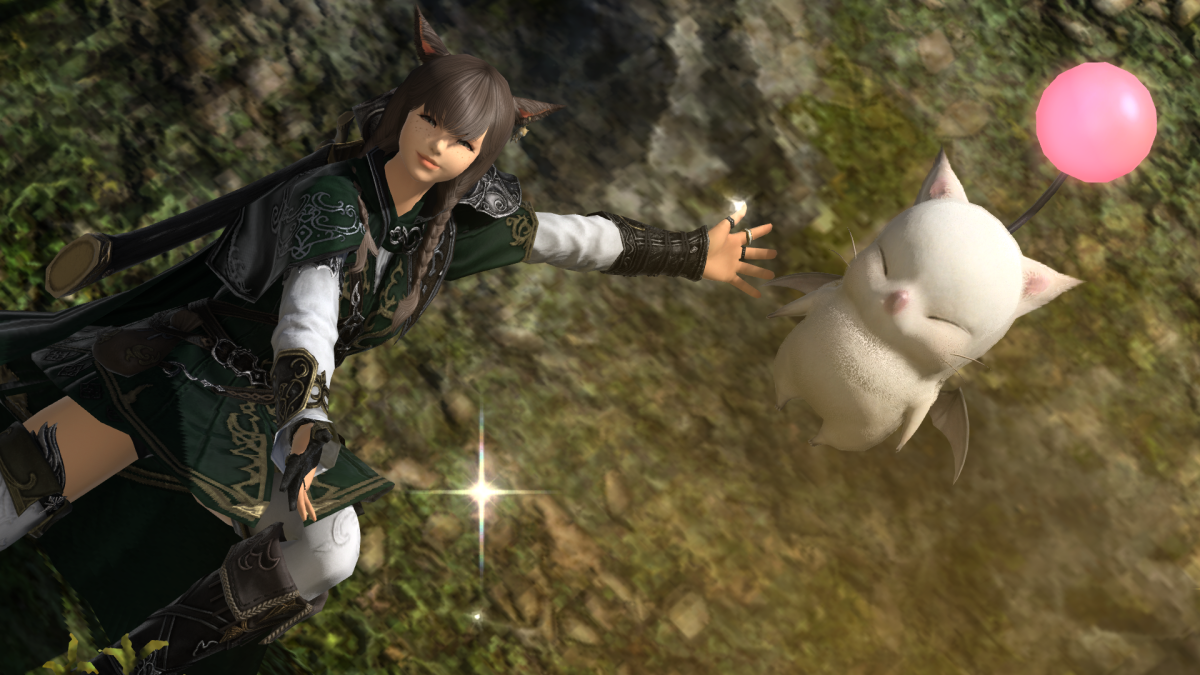The tools of different trades
Baldur’s Gate 3 is a pretty big RPG, with a hefty amount of things to do. This breadth of content includes the character creator, where alongside cosmetic and role-playing choices, players can also choose the class or classes they’ll be as they venture through Baldur’s Gate 3.
Classes, for those less familiar with role-playing games, are the disciplines of combat and ability your character can specialize into throughout your journey. Whether you want to be a knight in shining armor, an oathbreaker in significantly more grim armor, a gleeful bard or anything else, that profession is your class. It determines your skills, talents, and which points you’ll want to allocate numbers into as you level up. Subclasses add extra specialization, encouraging you to focus even more on the things you want to do.
These classes dictate a lot, and there are also a lot of them. Here’s the rough rundown from Larian on what classes and subclasses are in at launch:

That’s a lot of classes. So with that in mind, as one relative newcomer to the world of Dungeon & Dragons, let me help out and guide you through each one, breaking down the classes and subclasses of Baldur’s Gate 3.
Barbarian
Subclasses: Berserker, Wildheart, Wild Magic
If you like to go a little bit crazy in the heat of battle, Barbarian is all about that. Able to forgo equipment with Unarmored Defense, and wielding weapons like a massive axe, you can channel your inner warrior here. The core class skill is Rage, which unleashes your fury to deal extra damage with melee, improvised, and thrown instruments of attack. You also get Advantage on Strength Checks and Saving Throws, as well as Resistance to physical damage, while it’s active.
Barbarians can subclass into three different options. The Wildheart embraces nature, leaning into their animalistic natures through aspects and speaking with animals. For those who like to just do damage, Berserker loves to be in the middle of the fight. And Wild Magic lets the Barbarian utilize magical prowess, albeit the wild variety that can have some surprise consequences.
Druid
Subclasses: Land, Moon, Spores
Okay, seriously, I will try to go this full blurb without making a joke about that scene. Druids channel nature itself, even taking on the form of animals thanks to their Wild Shape skill. So while Druids can still cast cool spells like Entangle, it’s all about the Wild Shape. Turning into various creatures big or small can open up surprising gameplay opportunities; the recent Dungeons & Dragons: Honor Among Thieves had a great segment showing exactly that.
Druids can choose the Circle they wish to adhere to, accentuating certain parts of their kit. The spellcasters will probably be interested in Land, which unlocks a solid amount of spells and some natural sustainability. Moon moves Druids into the frontlines, and is great for those who want to Wild Shape a lot. Spores is a curious one; it’s a newer addition to the classes in Baldur’s Gate 3, and a bit complex, but looks to add some extra damage and a fungal theme, which is a really neat way of switching up your playstyle.
Fighter
Subclasses: Battle Master, Eldritch Knight, Champion
As the name suggests, Fighters like to fight. These are the weapon masters, top of their craft, with extra bonuses for their particular proficiencies. If you prefer to forego roleplaying and focus on just the raw combat, Fighter might be the pick for you. Why bother talking it out when you have a Second Wind for healing and Action Surge for double the pain to dish out? Fighters just want to hit things, and ask questions later.
Fighters specialize even further with their subclasses. Battle Masters can become versatile and add on a ton of different moves and options to tackle any situation. Meanwhile, the Champion focuses on combat and healing, making them incredibly powerful (if straightforward) warriors. And if you want some magical options, the Eldritch Knight lets your Fighters pick up some spellcasting prowess.
Ranger
Subclasses: Hunter, Beastmaster, Gloom Stalker
Somewhere between a Fighter and a Druid, there sits the Ranger. They are what I like to call “a Fighter with a grudge;” they gain special bonuses and advantages if fighting in certain situations, or on certain terrain. These advantages are fairly versatile in Baldur’s Gate 3, thankfully. Plus, you get the True Strike Cantrip, making you an excellent sniper. A solid pick for those who’d like to really get into both nature and archery.
Beastmaster adds to the Ranger’s menagerie with a selected companion, while Hunters are simply all about hunting and killing targets. Gloom Stalker is a personal favorite of mine, for both roleplaying and combat. It amps up all your skills while in the shadows, which could really come in handy if your party ventures into the underground. (I’ll just let you know now, they definitely will.)
Rogue
Subclasses: Arcane Trickster, Assassin, Thief
One of the classic role-playing archetypes, Rogues bring daring feats and a heap of Dexterity to the party. They focus on stealth and reflexes, rather than raw power. But sometimes the dexterous knife is the most deadly.
Arcane Trickster adds some magical enchantments and illusions to the Rogue’s deception, and Thief does what it says: steal things really well. Or you can head down the Assassin path, emphasizing a character’s ability to take out a single target in one clean strike. Rogues may seem straightforward at first, but a clever player can make strong use of their skills, especially with Fast Hands.
Sorcerer
Subclasses: Wild Magic, Draconic Bloodline, Storm Sorcery
Sorcerers are the kids who never had to study in class. While Wizards lug around tomes of knowledge, Sorcerers are all about innate magic, drawing from a variety of sources to throw out their Cantrips and Spells.
Sorcerers can often be popular multi-class options, as its subclasses offer some added unique charm to the spell-slinging. Those with a Draconic Bloodline can call upon their lineage to unleash elemental magic, and the Storm Sorcery specialty is all about storms. But really, Wild Magic is the big draw for Sorcerers. The “what could happen” random-chance roll on spells leads to both incredible Hail Mary situations, as well as pure chaos. Definitely one to pick if you like the weirder, more chaotic aspects of RPGs.
Bard
Subclasses: Lore, Valor, Swords
Bards may bring to mind musicians, but it’s really about the craft itself that makes a bard. These support casters bring a decent amount of weapon proficiencies and spells to the table, can cover any bases your party is missing, and also get their pick of the instrument. They’re also big on Charisma, which is useful if you’re looking to be the “face” of the party.
Depending on what college you choose for your Bard, you can also send them down different paths of specialization. A Lore Bard might focus on magic and Cutting Words, whereas a Valor Bard can be a bit more of a fighter and supporter. Swords goes even further into a Bard’s martial prowess, too. But really, if you want a jack-of-all-trades character, it’s hard to find fault in the Bard. They’re my personal pick for most newcomer-friendly class to pick for a custom character among the Baldur’s Gate 3 classes.
Monk
Subclasses: Open Hand, Shadow, Four Elements
Some classes like to don heavy armor and wade into the thick of the fight with a great axe or claymore. Monk does the same, only with their fists and skivvies. Utilizing the power of Chi, Monks are adept at hand-to-hand combat and employing magical, spiritual arts. Is Ryu a Wizard? Well, at least in Dungeons & Dragons, he’d be a Monk, putting out tons of Flurry of Blows strikes.
Monks also have a few disciplines they can specialize into, with Open Hand upgrading your combat prowess and signature Flurry of Blows attack. Shadow Monks employ the light and dark to get some surprise attacks on foes. And if you want to do your best Aang / Korra impersonation, the Four Elements option lets you bend the elements to your command.
Warlock
Subclasses: Archfey, Fiend, Great Old One
Studying is hard and we don’t all have nature talent or a bond with nature. But if you still want some magic, a patron deity is always around to offer it—for a price. Warlocks get some hefty power and one of the arguably best Cantrips in the game with Eldritch Blast. The trade-off? You serve at the behest of a patron and their whims.
Your Subclass options are picked up right off the bat, determined by your Patron. The Fiend is a bread-and-butter option with some great benefits. But if a demon’s not to your liking, maybe you’d like to serve an elder god of unknowable terror? Or be like me, and lean into your prankster ways with an Archfey patron. Warlocks can also specialize later on to pick up a Chain (familiar), Blade (weapon), or Tome (learn some spells).
Paladin
Subclasses: Ancients, Devotion, Vengeance, Oathbreaker
While the Warlocks serve their patrons, Paladins serve an Oath—a vow they’ve sworn to uphold at all costs. This makes them paragons of their respective virtues, and true masters of their domain. But it also means you’ve got to adhere to the oath, or pay the price. Really, it’s worth it for that Divine Smite.
Three of these subclasses offer means of progression, so long as you stick to your vow. Ancients protect legacy, Devotion Paladins are… well… devoted, and Vengeance seeks retribution for those wronged. Or ditch the rules, and embrace the Oathbreaker. I imagine that will be a popular choice for all the evil players out there.
Cleric
Subclasses: Knowledge, Life, Light, Nature, Tempest, Trickery, War
For all else holy and faithful in Baldur’s Gate 3 classes, Clerics provide the answer. These warriors can heal, dish out damage, and generally fill a spot on just about any squad. While other classes have specialized subclasses, Clerics have domains. These are different areas of expertise into which they can build out and become unique from their fellow Clerics.
Cleric domains help determine what spells they can learn, and how they specialize. Like to fool the enemy? Trickery can be helpful. Or you can lean into supporting your allies with Life. War lets Clerics get into the heat of the action, while Nature taps into their druidic side. The Cleric class is versatile, and you can really fine-tune it to your own playstyle.
Wizard
Subclasses: Abjuration, Conjuration, Divination, Enchantment, Evocation, Necromancy, Illusion, Transmutation
Look, you want to cast a Fireball at the darkness? This is how you do it. The Wizard is the galaxy-brained master of magic, wielding tons of spells that can be used in all sorts of inventive ways. This is for the players who like being clever and coming up with inventive solutions using different spells and slots, where other classes like the Barbarian would normally just start swinging.
Much like the Cleric, the Wizard can specialize into different schools of spellcasting based on what they want to prioritize. Whether you want more Enchantments, some distracting Illusions, powerful damaging spells in the realms of Conjuration or Evocation, or even dabble in some Necromancy, there are options. Seriously, you can do more than just Fireball. (But why would you?)




